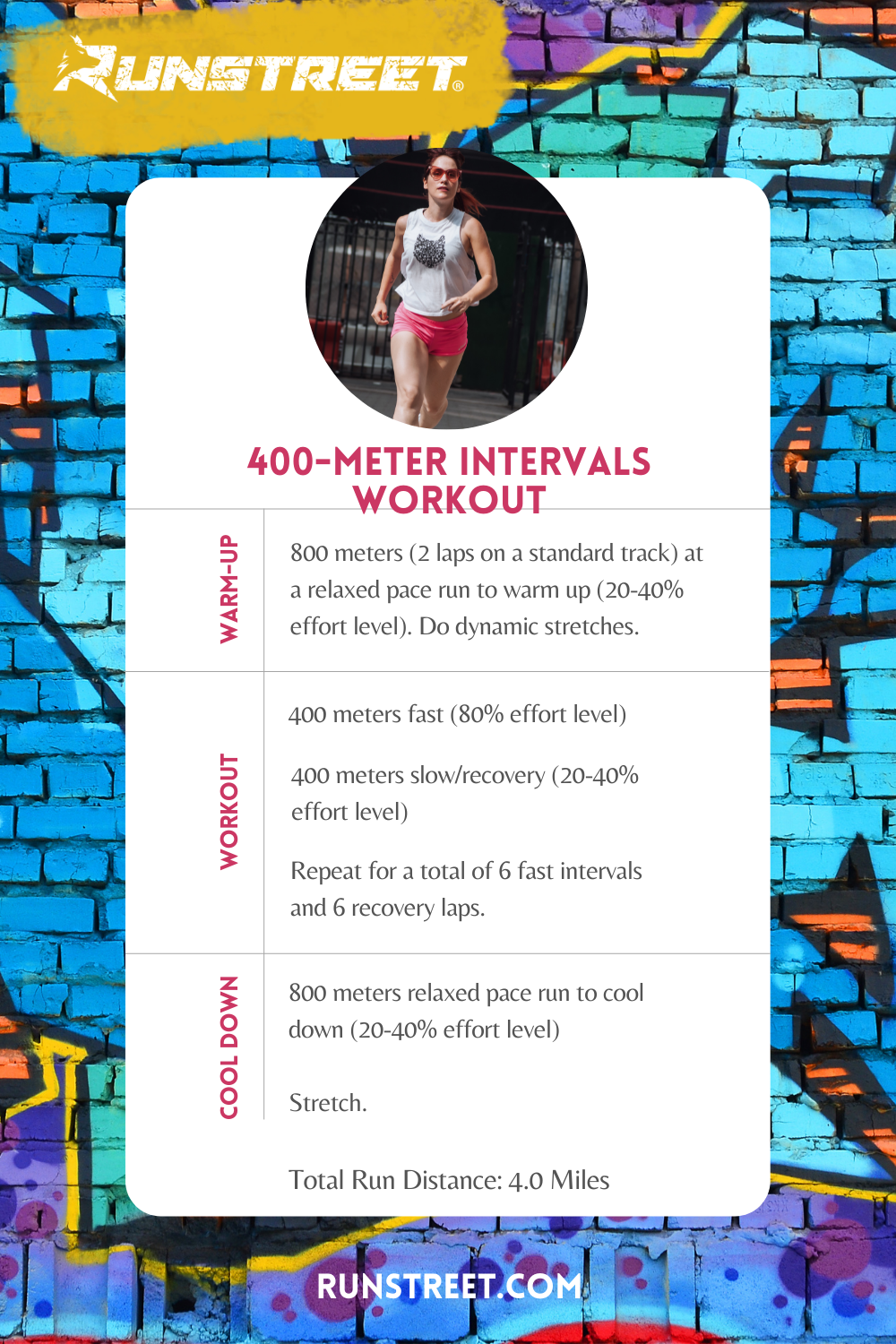Turbocharge Your Runs: Open Your Prospective with Strategic Running Workouts
Turbocharge Your Runs: Open Your Prospective with Strategic Running Workouts
Blog Article
The Ultimate Overview to Managing Discomfort When Running
Whether you are an experienced marathoner or just starting your running journey, comprehending the various kinds of discomfort that can occur and the approaches to resolve them is crucial. From pre-run warm-up regimens to correct shoes option, there are numerous elements to think about when it comes to dealing with pain while running.

Understanding Different Types of Running Pain
When running, it is necessary to compare different sorts of pain to protect against injuries and maximize efficiency (Read More). One usual kind of discomfort that joggers may experience is muscular tissue pain, which commonly occurs from the stress placed on muscles throughout exercise. This type of discomfort is commonly a typical part of the running process and can be handled through correct warm-up, cool-down, and stretching regimens
An additional kind of pain to be knowledgeable about is joint pain. Joint discomfort can show issues such as overuse, improper form, or underlying problems like arthritis. Ignoring joint pain can bring about extra serious injuries, so it is essential to resolve any kind of discomfort immediately and possibly look for specialist suggestions.
Furthermore, sharp or stabbing discomforts must not be neglected. These kinds of discomfort can signify intense injuries such as strains, strains, or stress and anxiety cracks - running workout. Proceeding to go through these sorts of pain can worsen the injury and lengthen recovery time
:max_bytes(150000):strip_icc()/effective-30-minute-running-workouts-2911891-0927-70272e09ac83449cadb9f1ce51656c0c.jpg)
Pre-Run Warm-Up and Extending Regular
To prepare the body for a running session, applying an effective pre-run workout and stretching routine is crucial. A correct warm-up helps increase blood flow to the muscles, enhances adaptability, and reduces the danger of injury during the run. Begin with dynamic stretches like leg swings, arm circles, and high knees to slowly increase your heart rate and loosen up the muscles. Dynamic stretching helps mimic the activities you'll be doing while running, preparing your body for the task in advance. Follow this with static stretches focusing on major muscle teams such as the hamstrings, quadriceps, calves, and glutes. Hold each stretch for concerning 15-30 seconds without bouncing to promote muscle mass relaxation and versatility. Bear in mind to listen to your body and adjust the intensity of your workout based on your fitness degree and any pre-existing problems. By including a regular pre-run workout and stretching routine right into your running regimen, you can maximize efficiency and reduce the danger of pain or injury.
Correct Shoes Choice and Fit
Picking suitable footwear that fits well is important for runners to stop discomfort and reduce the danger of injuries. Ill-fitting footwear can result in sores, black toenails, shin splints, and other unpleasant conditions that can prevent performance and sideline training. When choosing running shoes, it is important to think about factors such as foot kind, running stride, arch assistance, cushioning, and footwear size. running workout. Going to a specialty running shop for a gait analysis and professional installation can aid make certain that you choose the right shoes for your specific demands. Running footwear need to offer ample support and security while also being comfortable and lightweight. In addition, it is advised to change your running footwear every 300-500 miles to preserve correct padding and support. Spending in top quality footwear that is suitable for your running design and foot anatomy is an aggressive step in the direction of preventing discomfort and injuries throughout your runs.
Nourishment and Hydration Tips for Discomfort Avoidance

Hydration is just as essential for runners to prevent pains, dehydration, and various other pains click here for more info that can cause pain throughout running. It is advised to consume alcohol an ample quantity of water throughout the day and especially previously, during, and after running sessions. Electrolyte-rich beverages or sporting activities beverages can also be helpful for restoring shed minerals and keeping proper liquid balance. running workout (Read More). By prioritizing nourishment and hydration, runners can improve their efficiency, reduce discomfort, and delight in an extra comfortable running experience.
Post-Run Recuperation Techniques to Ease Pain
Implementing effective recovery techniques is important for minimizing pain and promoting muscle healing after running sessions. Furthermore, topping aching locations for 15-20 minutes can aid minimize swelling and numb pain post-run.
Taking in a balanced snack or dish that consists of healthy protein and carbohydrates within 30 minutes of finishing a run can aid fix muscle mass tissue and replenish energy shops. By incorporating these post-run recovery methods right into your routine, you can successfully manage pain and maximize your running performance.
Verdict
In conclusion, addressing different kinds of running discomfort through proper workout, extending, footwear selection, nourishment, hydration, and post-run recovery strategies is vital for pain avoidance and management. By understanding the sources of discomfort and carrying out these strategies, joggers can minimize pain and potential injuries. It is vital to prioritize general physical health and wellness to ensure an effective and enjoyable running experience.
Report this page